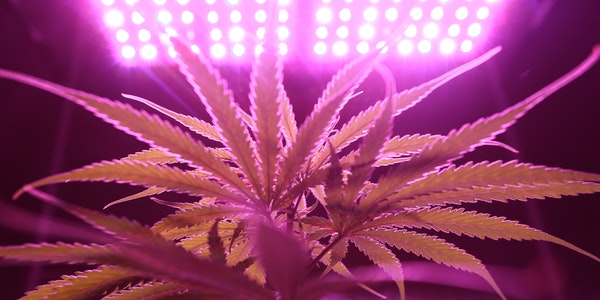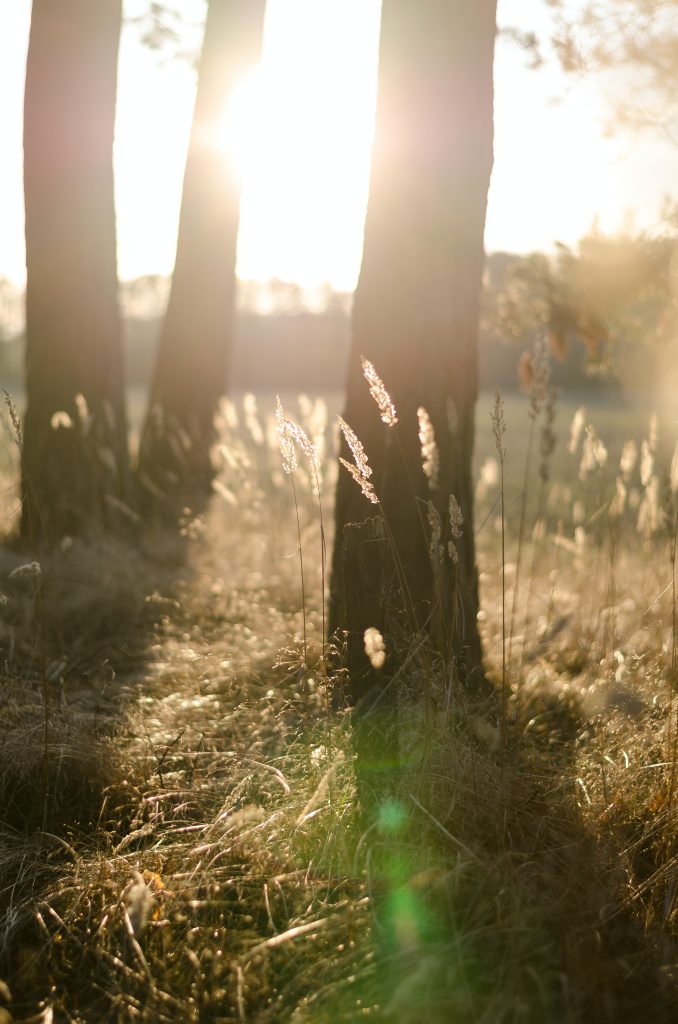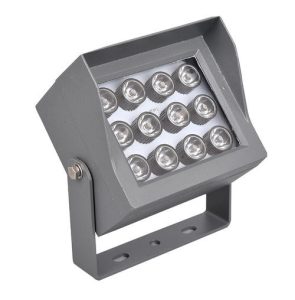The Importance of Light Intensity
The growth of plants is realized by storing organic matter through photosynthesis, so the light intensity has a great influence on the growth and development of plants, which directly affects the strength of photosynthesis. There is no fixed proportion relationship between light intensity and plant photosynthesis, but in a certain range of light intensity, when other conditions are satisfied, with the increase of light intensity, the intensity of photosynthesis increases correspondingly.
However, when the light intensity exceeds the light saturation point, the light intensity increases again, but the photosynthesis intensity does not increase. When the light intensity is too strong, it will destroy the protoplasm, cause chlorophyll decomposition, or make the cell lose too much water and make the stomata close, resulting in photosynthesis weakened or even stopped. When the light intensity is weak, the organic matter produced by photosynthesis is less than that consumed by respiration, and the plant will stop growing. Only when the light intensity can meet the requirements of photosynthesis, can plants grow and develop normally.
According to the growth environment, plants can be divided into terrestrial, aquatic, epiphytic and parasitic types.
The main factors affecting the total light utilization efficiency of plants are photosynthetic area, illumination time and photosynthetic capacity. Photosynthetic area mainly refers to leaf area, usually expressed by leaf area index, that is, the ratio of the total leaf area of a plant to the land area covered by the plant.
Photosynthetic time refers to the time of photosynthesis throughout the year. The longer the photosynthetic time is, the more organic matter can be accumulated in the plant and the yield can be increased. Prolonging the photosynthetic time mainly depends on prolonging the life of leaves and appropriately prolonging the growth period of plants.
Photosynthetic capacity refers to the maximum net photosynthetic rate of plants when the carbon dioxide content in the atmosphere is normal and other ecological factors are in the optimal state.
Photosynthesis and Light Intensity
Photosynthesis is the use of chlorophyll and other photosynthetic pigments by green plants and algae as well as certain bacteria
Halophilic archaea (such as halophilic archaea with purple membranes) use their own cells and irradiate them with visible light
A biochemical process in which oxidized carbon and water (bacteria are hydrogen sulfide and water) are converted into organic matter and oxygen (fine oxygen) is released. The photosynthetic rate of plants can be expressed by the amount of CO2 absorbed or O2 released per unit time and leaf area. It can also be expressed by the accumulated dry matter mass per unit time and per unit leaf area.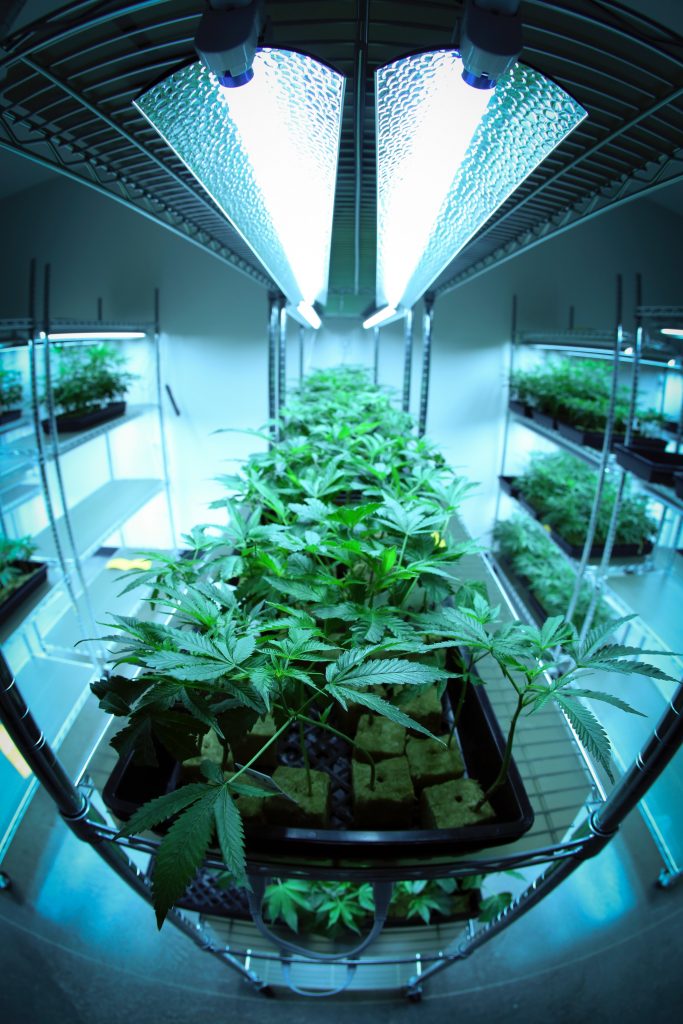
Illumination intensity, referred to light on a surface illuminated by light. It is defined as the luminous flux per unit area. Let DS be a bin The luminous flux is d Φ, then the illuminance E on this bin is: e = D Φ/ dS. The unit of illumination is LX (Lux), which can also be used in Lux, where 1LX = 1lm/ ㎡. Illuminance is the amount of illumination on the surface of an object. The light intensity is the highest in the equatorial region, decreasing with the increase of latitude. In the high latitude Arctic region, the annual light intensity will not exceed 70 kcal (2. 93 1 × 105 joules / cm2.
The light intensity also increases with the increase in altitude, for example, at an altitude of 1000 meters above sea level, 80% of the total incident sunlight energy can be obtained. However, at a sea level of 0 meters above sea level, only 50% of the total solar energy can be obtained.
In addition, the aspect and slope of the mountain also have great influence on the light intensity. In the temperate regions of the northern hemisphere, The south slope of the mountain receives more light than the flat, and the flat receives more light than the north slope.
With the increase of latitude, the slope to get the maximum annual light on the south slope also increases, but on the north slope, no matter what latitude, the smaller the slope, the greater the light intensity. The southern slope of higher latitude can get more solar energy than the northern slope of lower latitude. Therefore, the thermophilic crops in the South can be transplanted to the south slope of the north.
Light intensity also varies within an ecosystem. Generally speaking, the light intensity in the ecosystem will gradually decrease from top to bottom. Because the canopy absorbed a lot of solar energy, the utilization of solar energy by the lower plants was limited. Therefore, the vertical stratification of an ecosystem depends on the community itself, it also depends on the amount of solar energy received.
In aquatic ecosystems, the light intensity will decrease rapidly with the increase of water depth. Water is very effective in absorbing and reflecting light, Only about 50% of the light that hits the surface of the water reaches 15. If the water is flowing and turbid, the amount of light that can reach this depth is much less, which is a great limitation to the photosynthesis of plants in water.
When the intensity of light received by plants increases, the photosynthetic rate gradually increases. When the light intensity reaches a certain value, the photosynthetic rate also reaches its maximum. When the light intensity continues to increase, the photosynthetic rate remains unchanged, that is, the phenomenon of light saturation.
Effects of Light Intensity on Different Types of Plants
aquatic plant
The penetration of light limits the distribution of plants in the ocean, only in the surface layer of the ocean in the light band, photosynthesis is greater than respiration. In the lower part of the light transmission zone, the photosynthesis of the plant is just in balance with the respiratory consumption of the plant (compensation point). If the floating algae of marine plants settle below the compensation point, but can not quickly rise to the surface, they will die. In some particularly clear seawater or lake water, the compensation point can be as deep as several hundred meters, but this is very rare.
Terrestrial plants
A certain amount of light is a necessary condition for plants to obtain net yield, because plants must produce enough sugar to make up for respiratory consumption. When other ecological factors that affect plant photosynthesis and respiration remain unchanged, the balance between the two processes of production and respiration mainly depends on the intensity of light.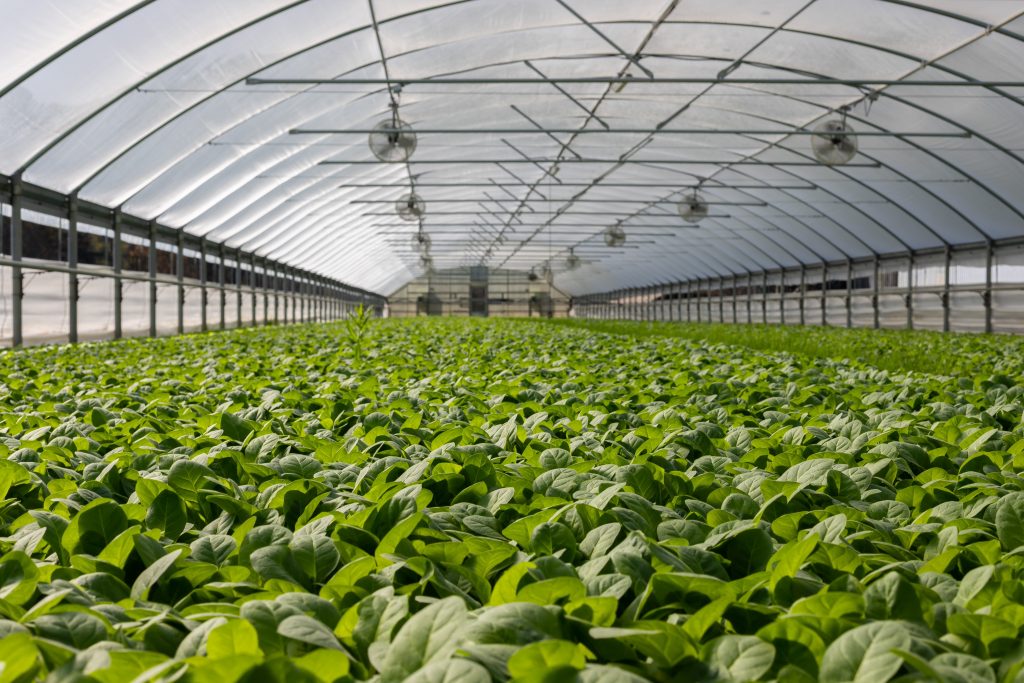
According to the plant’s demand for light, plants can be divided into positive plants, negative plants and shade-tolerant plants. It grows well in bright sunlight. But it can cause death under shade conditions, such as masson pine, most grassland plants and desert plants, it is a positive plant.
Some plants, such as Oxalis, which is a kind of herbaceous plant under the forest, grow in very small areas in dark conditions. After forest harvesting, when their leaves are exposed to bright sunlight,
Because chlorophyll is destroyed and appears pale yellow, and eventually die, they are negative plants. Absolute shade plants are rare in nature. Most plants grow well in bright sunlight, but they can also tolerate a certain degree of shade, which are called shade tolerant plants.
Epiphytes and parasitic plants
Some plants are not in contact with the soil, and their roots are attached to the branches of other trees to grow, making use of rain, water vapor in the air and limited humus (decaying dead branches and leaves or animal waste). They live on plants, such as ferns and orchids. These plants are called epiphytes. They usually don’t grow very tall, and they can carry out photosynthesis by themselves. It will not plunder the nutrition and water of the plants it attaches to.
The most common feature of epiphytes is that they are attached to the branches and forks at the level of the host plant. Dust accumulates most easily. Some lower plants are even attached to the leaves. In addition to epiphytes, the host’s light conditions will also be affected. In addition, epiphytes generally do not cause damage to the host. In tropical rain forests, plants grow luxuriantly. Because of the fierce competition between plants for sunlight, epiphytes are more likely to come into contact with hard-to-reach light sources.
Parasitic plants are plants that do not contain chlorophyll or contain little or no self-made nutrients, covering about one tenth of all plant species around the world. Among these plants, one is saprophyte, mainly bacteria and fungi. They grow in the form of dead or decomposing organisms or plants growing nearby, whose dead part is used as the nutrient source.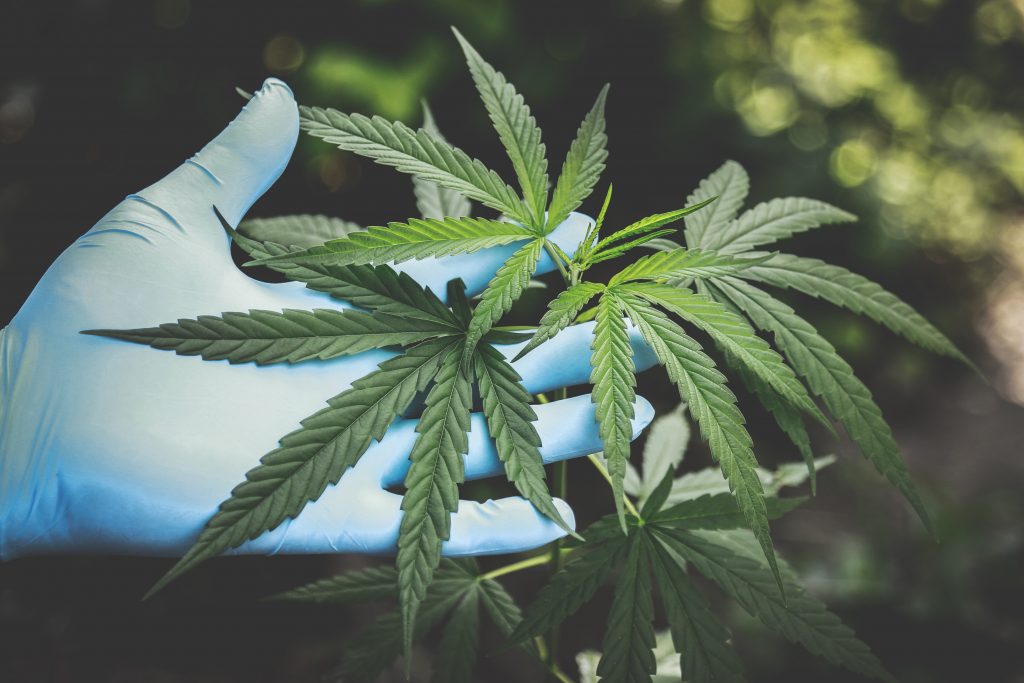
Crystal orchid is one of the few saprophytes that bloom. Transparent crystal orchids thrive on rotting leaves. Fungi surround its roots and digest forest garbage to obtain nutrients. In contrast to these saprophytes, many parasitic plants only feed on living organisms, obtain all or most of the nutrients and water from green plants, and cause the host plants to gradually deplete and die. They are deadly dependents and parasites of the plant kingdom. Plants rely on chlorophyll to produce nutrients under light.
Some research results on the effect of light on plant growth
Tomato: with the decrease of light intensity, leaf area and aboveground dry weight decreased. The total content of chlorophyll, chlorophyll a and chlorophyll b in leaves increased significantly. The sugar content and cellulose content of leaves showed a trend of low high low. Different tomato varieties had different adaptability to low light, so their responses were also different.
Cryptoalgae: light intensity controls the absorption of nutrients by algae cells, and ultimately limits the explosive proliferation of red tide algae. The results showed that there was an exponential correlation between the growth rate of algal cells and light intensity; The light saturation value and half saturation value of cryptoalgae were 150 μ Mol / (M2 · s) and 47 μ mol/(m2•s); Under low light intensity, the growth rate of algal cells is low, but algal cells need to absorb more Fe and P, as well as Zn, Mn, CO and Mo.
When the light intensity is 10 μ The growth rate of algal cells was only 150 mol / (M2 · s) μ The uptake of Fe and P by algal cells increased by 1.5 and 1 times, respectively. These results provide a new understanding of the root cause of red tide after good light weather.
Asarum sibiricum: light conditions have effects on the leaf development stage, flowering stage and early fruiting stage of Asarum sibiricum. The incidence and degree of leaf spot of Asarum sibiricum decreased with the decrease of light intensity,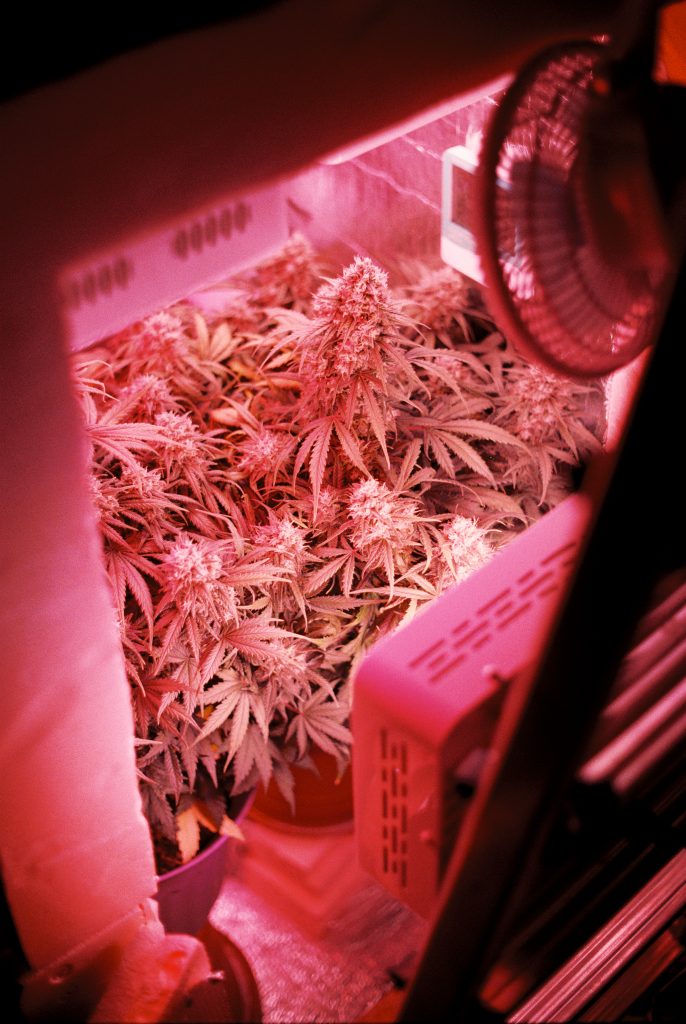
The root drying rate increased with the decrease of light intensity, and the content of volatile oil decreased with the decrease of light intensity. Light intensity also affected the classification and content of volatile oil.
Datura and Datura stramonium: Within a certain range of light intensity, increasing the light intensity is beneficial to the development of Datura and Datura stramonium and the accumulation of stem and leaf biomass. Datura grows best under two light intensities of 13000 and 18000 lx. Under the same light intensity, the plant height, basal stem diameter, leaf number and stem and leaf biomass of Datura stramonium were higher than that of Datura, but the difference was not significant.
The leaf thickness, palisade tissue thickness, sponge tissue thickness, stomatal density and stomatal index of Datura stramonium increased with the increase of light intensity.
The chlorophyll content of Datura stramonium leaves increased first and then decreased with the increase of light intensity. With the increase of the light intensity of the test set-up, Chlorophyll α and ß in the stems of Datura stramonium. The change trend of carotenoids content was not consistent. The changes of anthocyanins, flavonoids and total phenols in stems were as follows. Datura stramonium was positively correlated with light intensity, But the content of Datura stramonium is higher than Datura. This is also the material basis of purple flowers, stems and other organs of Datura stramonium.

